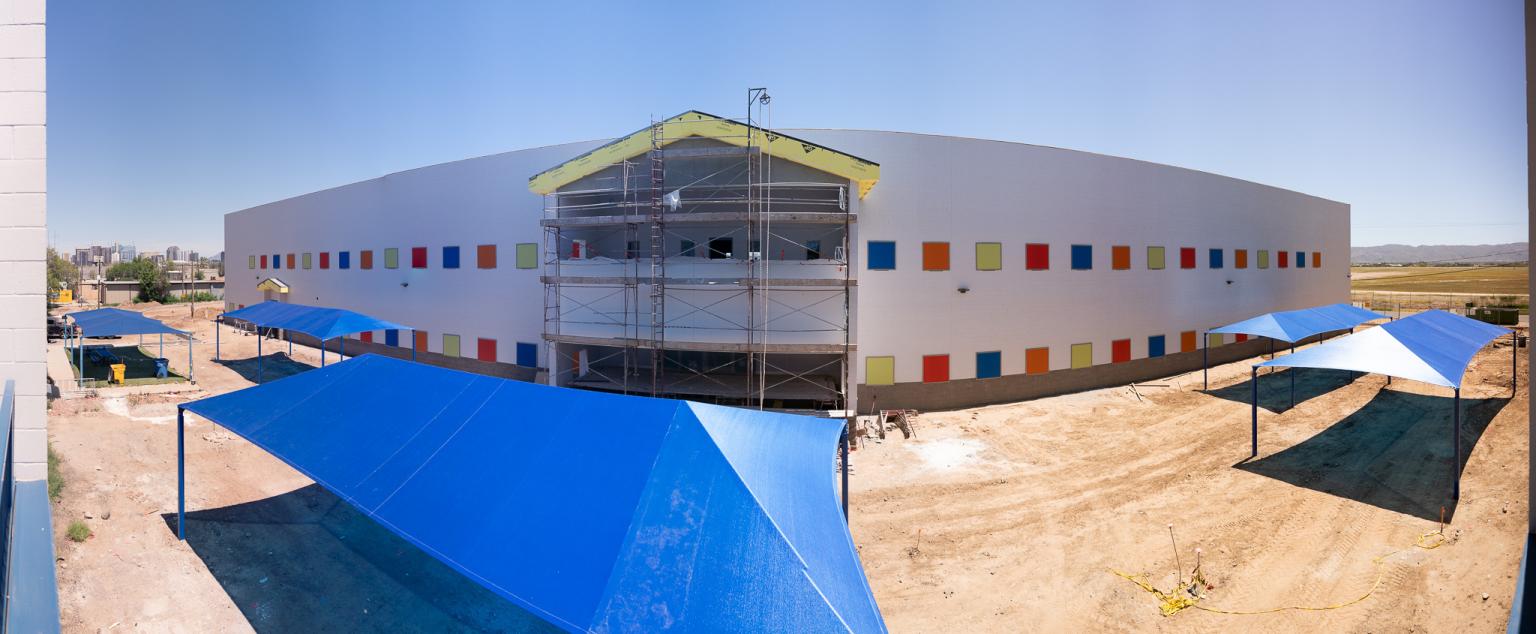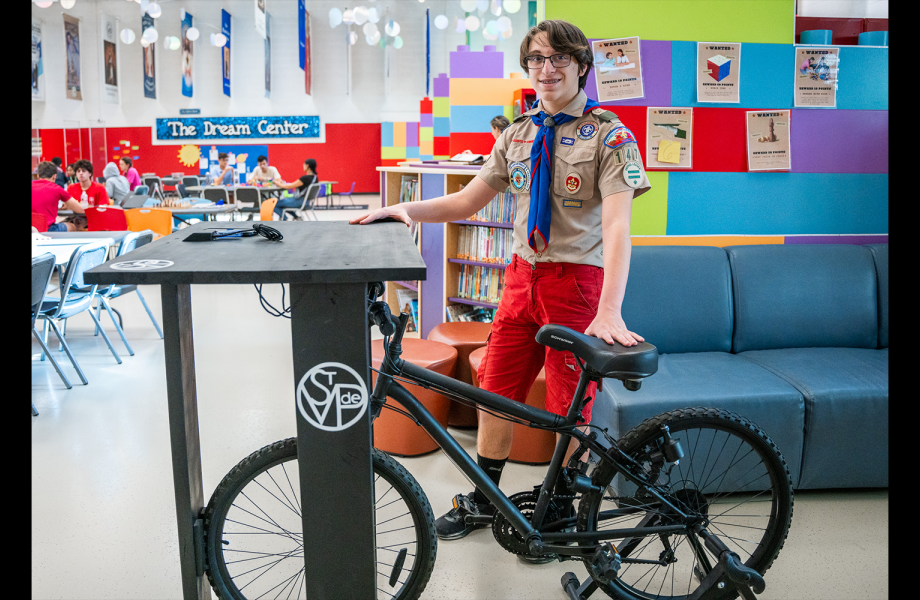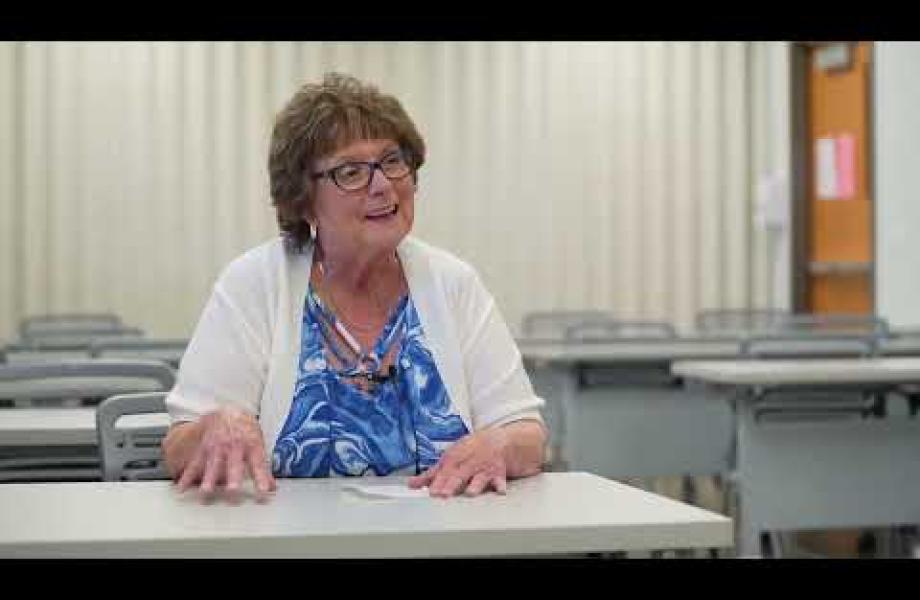2024 is a year of change for St. Vincent de Paul. Change that focuses on dignified shelter, wraparound support, and comprehensive services to help those in need in our community.
“Our goal is to serve our community in the most impactful, loving, comprehensive way possible – feeding, clothing, housing, and healing all who need our support,” said Shannon Clancy, The Rob and Melani Walton Endowed CEO. “Whether it’s volunteers, guests, or staff, we’re committed to let none be lost in our work. Everyone has a home at St. Vincent de Paul.”
St. Vincent de Paul has always pivoted towards the greatest needs in the community and where we know we can be successful in providing support. Right now, we’re seeing an increased need for dignified shelter, wraparound support, and case management to help people not only end their homelessness, but to avoid eviction and becoming homeless in the first place. In the coming year, we’re focused on bringing those services to even more people in need.
One New Building: Three Program Expansions
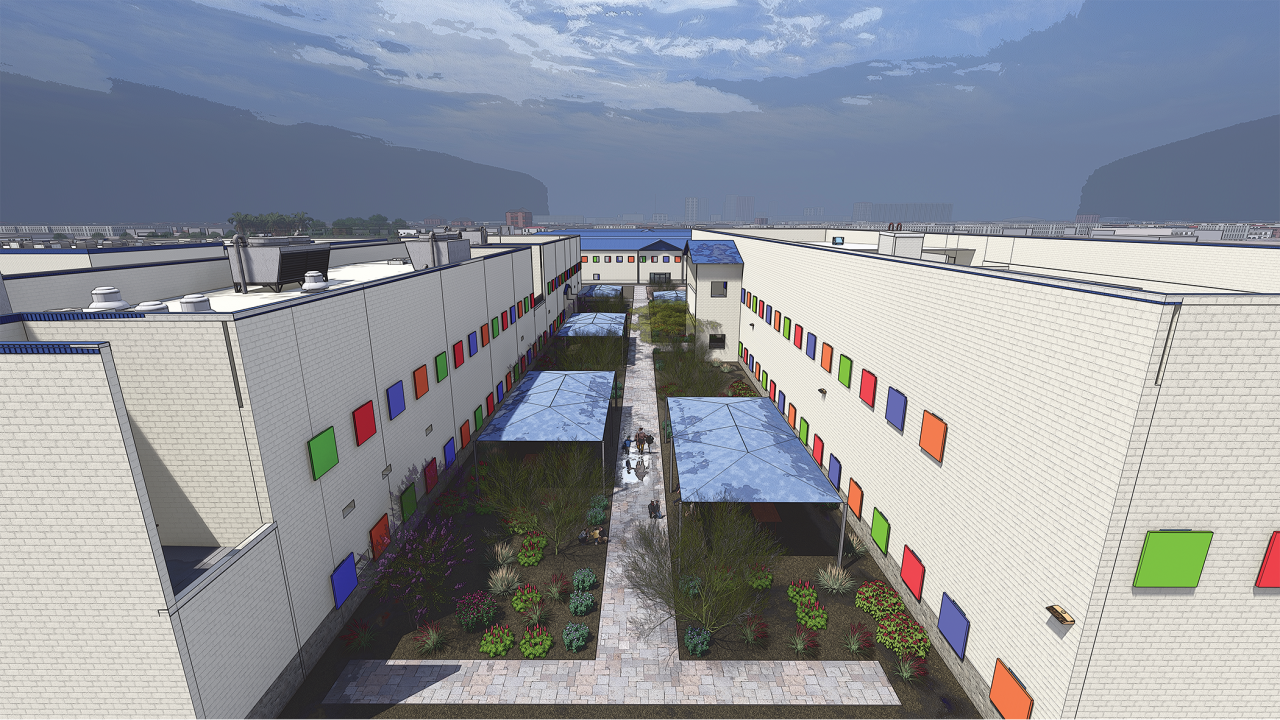
One of the biggest changes will be the opening of a new building in summer 2024. The building will house 3 SVdP programs: De Paul Manor, the Bob and Marion Auray Companion Animal Clinic, and SVdP’s Workforce Development Program.
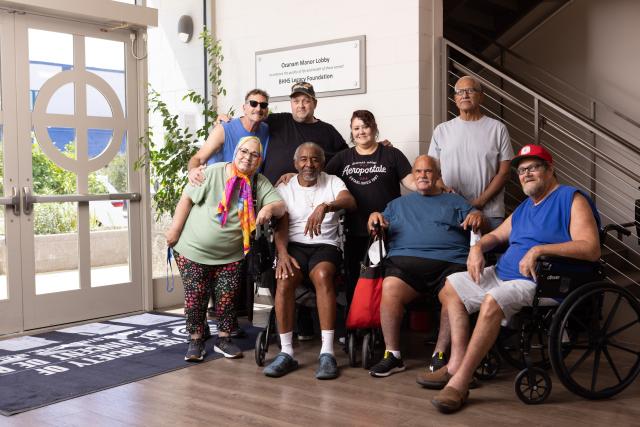
Following the successful model of Ozanam Manor, SVdP’s transitional housing for veterans, adults over 50, and adults with disabilities, De Paul Manor will provide an additional 100 beds, bringing the total capacity to 160.
“Expanding transitional housing for homeless seniors and veterans is a crucial step towards restoring dignity, offering stability, and honoring their service,” Julia Matthies, SVdP’s Associate Chief Program Officer, said. “It's an important step in their journey towards reclaiming independence and rebuilding their lives, with the support of a program and staff with the expertise to meet their specific needs in a safe and supportive community.”
With the cost of living continuing to rise, those living on a fixed income struggle to find affordable housing, making this project more impactful than ever.
De Paul Manor will follow the same model as the current Ozanam Manor transitional housing shelter in the Diane and Bruce Halle Center for Hope and Healing, providing one-to-one case management and wraparound support to guests as they work to end their homelessness. This program currently boasts a high success rate with 98% of graduated residents remaining housed and not returning to homelessness services one year after moving out.
The first floor of the building will also allow for the expansion of two additional SVdP programs: the Bob and Marion Auray Companion Animal Clinic and SVdP’s Workforce Development Program.
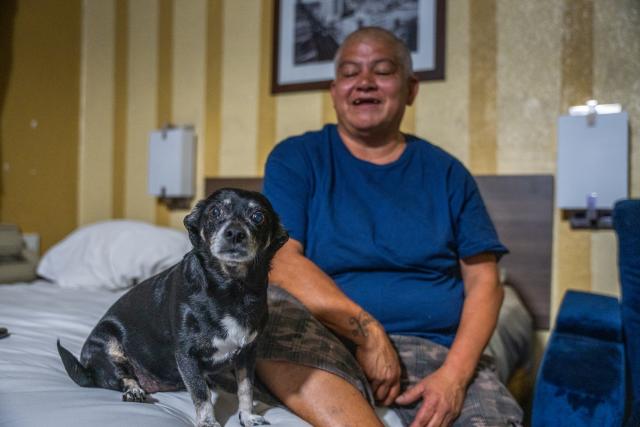
In partnership with Midwestern University, the Bob and Marion Auray Companion Animal Clinic will provide access to much needed pet services for those experiencing or at risk of homelessness.
“Because of the model we have at our Washington Street emergency shelter, where pets are allowed, we know how important it is to knock down that barrier and allow people to stay together with their pets,” Julia said. “Many pet owners living on the streets choose not to come into shelter if it means they might be separated from their animal. We have learned from that and designed De Paul Manor to keep pets and owners together while offering the services they need to keep both healthy and working toward housing.”
In addition, the clinic will create learning and volunteer opportunities for students, veterinarians, and vet techs in the community.
St. Vincent de Paul’s Workforce Development program will work with transitional housing residents to help them gain stable employment as they prepare to move into permanent housing.
Season of Transitions
It's hard to focus on ending your homelessness when you’re worried about where you're going to sleep each night. Guests thrive when they know they have a safe, secure place to sleep. That’s why we’ve transitioned services from the SVdP Resource Center and Sunnyslope Dining Room to focusing on getting people into beds and providing them with the dignified and comprehensive support to end their homelessness for good.
At the beginning of the year, we ended daily walk-up services at the Resource Center and closed our Sunnyslope Dining Room for daily meals. Staff transitioned to conduct intensive outreach to continue to help those experiencing homelessness in the area get into shelter. Additionally, SVdP will continue supplying 270 meals a day to support two shelters in the Sunnyslope area.
“We gave people a place to belong, a place where they could be loved at both locations, but it wasn't enough,” Jessica Berg, SVdP’s Chief Program Officer, said. “We want to do even more for them, and that's why we've increased our efforts to focus on shelter and transitional housing and outreach.”
Walk-Up Services to Workforce Housing
While the Resource Center will no longer offer walk-up services, it will provide space for 71 additional beds this summer. This spring, renovations began to transform this space into a dedicated shelter called Rosalie’s Place. The blessed Rosalie Rendu helped Frédéric Ozanam and his friends do good works and became known as the “good mother of all.”
These new shelter beds will focus on workforce housing for individuals who are currently working or are striving to become part of the workforce.
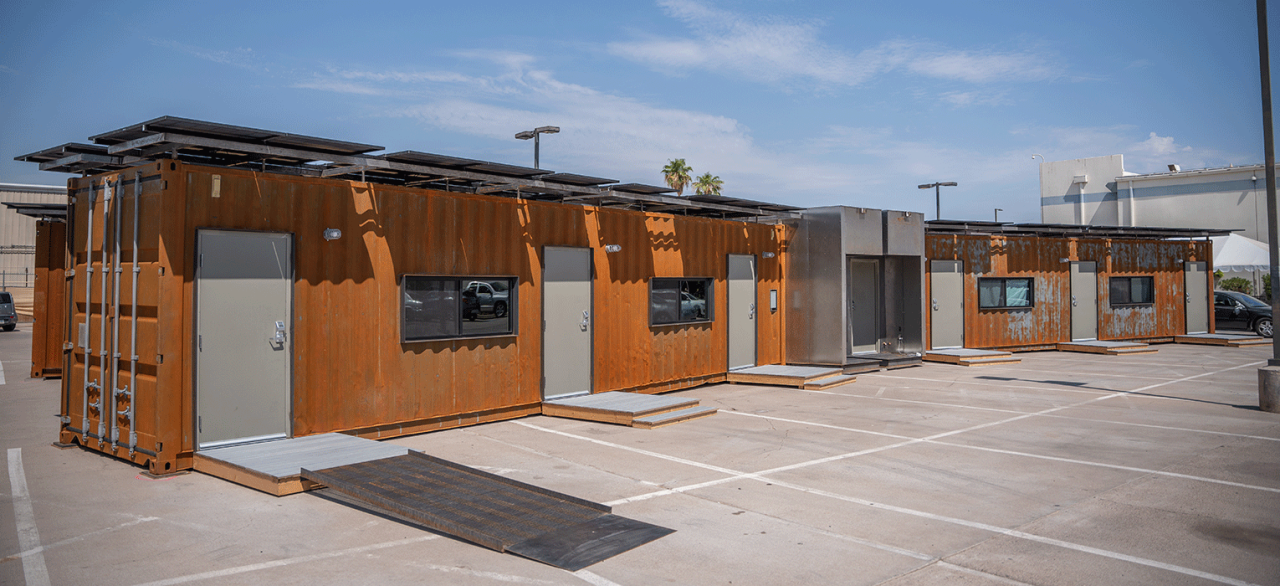
Workforce housing began as a pilot program in the X-WINGs located at the Washington Street shelter, and the program has seen great success. 80% of the individuals who have gone through the program have moved on to permanent housing.
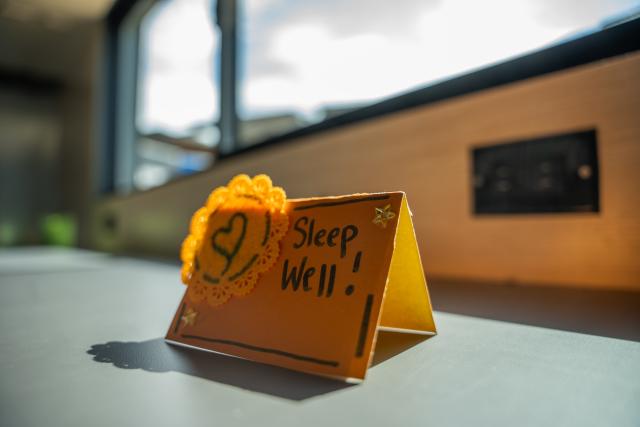
“What we found out was when we put people with similar goals in the same spot, they support each other. It’s almost like a fellowship type thing,” Erinn Demario, SVdP’s Workforce Development program supervisor said. “The idea is to give people space to concentrate and work towards goals, and they have each other to support on another too.”
This program gives guests a private space, community with shared goals, and dedicated workforce case management to help them achieve their goals. Having a stable and sustainable job when they leave shelter sets people up for increased success when they’re on their own.
Renewed Focus on Family Support Services
Another important change for SVdP this year is the renewed focus on family support services. This program combines our Family Evening Meal, Dream Center, Homelessness Prevention team, and social work services efforts into one department.
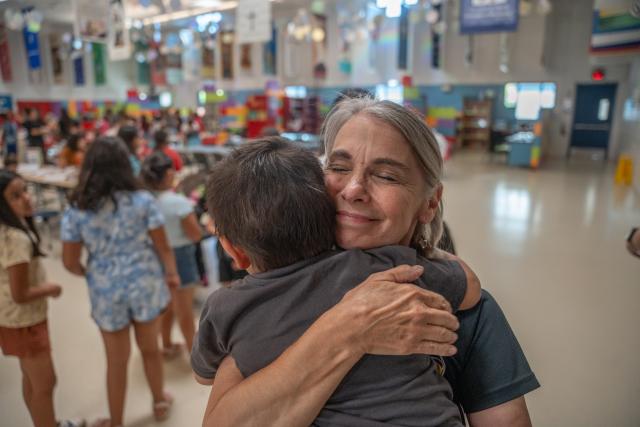
“Our overall vision for this team is connecting families in our community who are experiencing or at risk of homelessness or just need help getting further along the path to stability with support,” Jessica said. “We’re looking at how to serve our families more comprehensively in all those areas. For families who come to Family Evening Meal, for example, how can we support them in more ways that just providing food?”
This restructuring will allow SVdP to provide comprehensive services and connection to families in need in our community including connecting more with Vincentian volunteers located in communities throughout the state.
“What’s exciting to me is the challenge of thinking about how we deliver services to families differently using the resources that we have,” Cherylyn Strong, the director of the Family Support Services team, said. “The connection piece will be big because we have a wealth of resources with community partners where we can help make those connections for families and help them move towards stability.”
Additionally, this connection of resources will allow SVdP to work with families who may be facing hardship and eviction to help them before they are truly in crisis.
Through all these changes, St. Vincent de Paul is more committed than ever to provide wraparound support and dignified service to those in need in our community to help them find peace and stability in life. We are grateful for the community members, volunteers, and donors who continue to support us in this vital mission.

